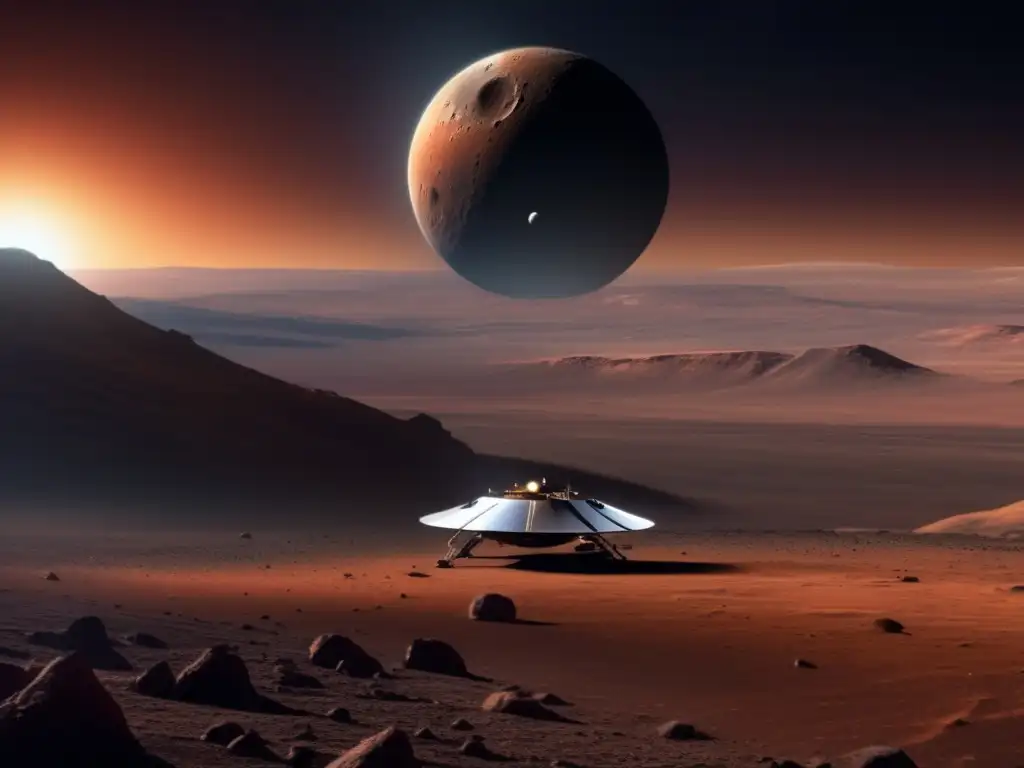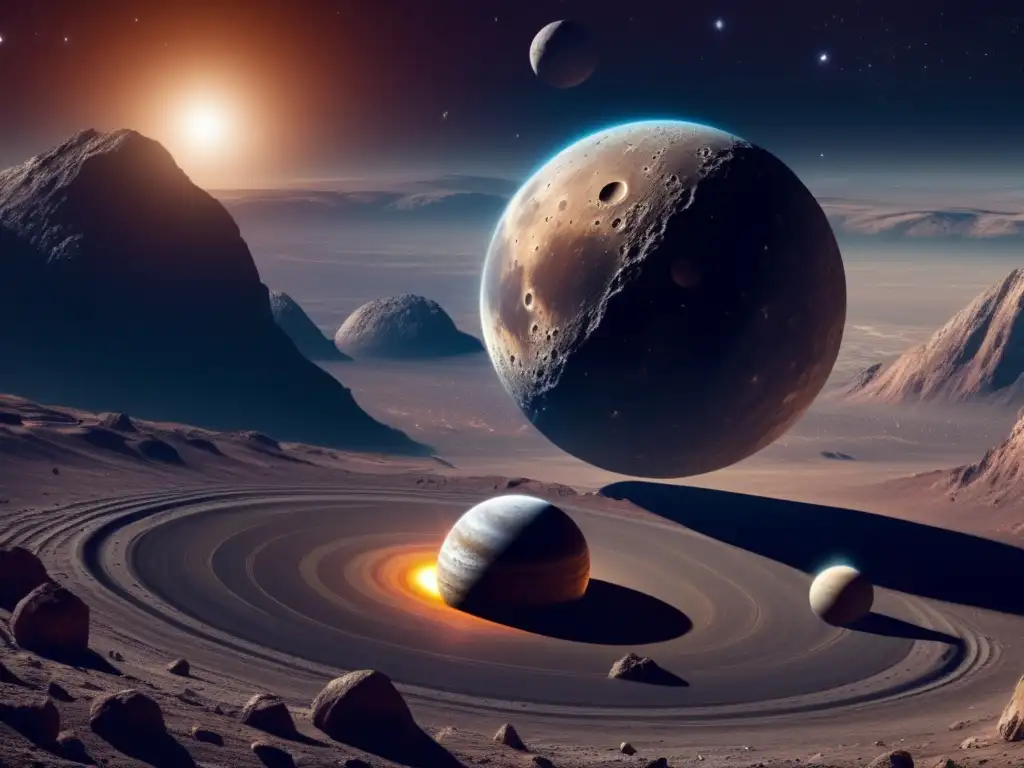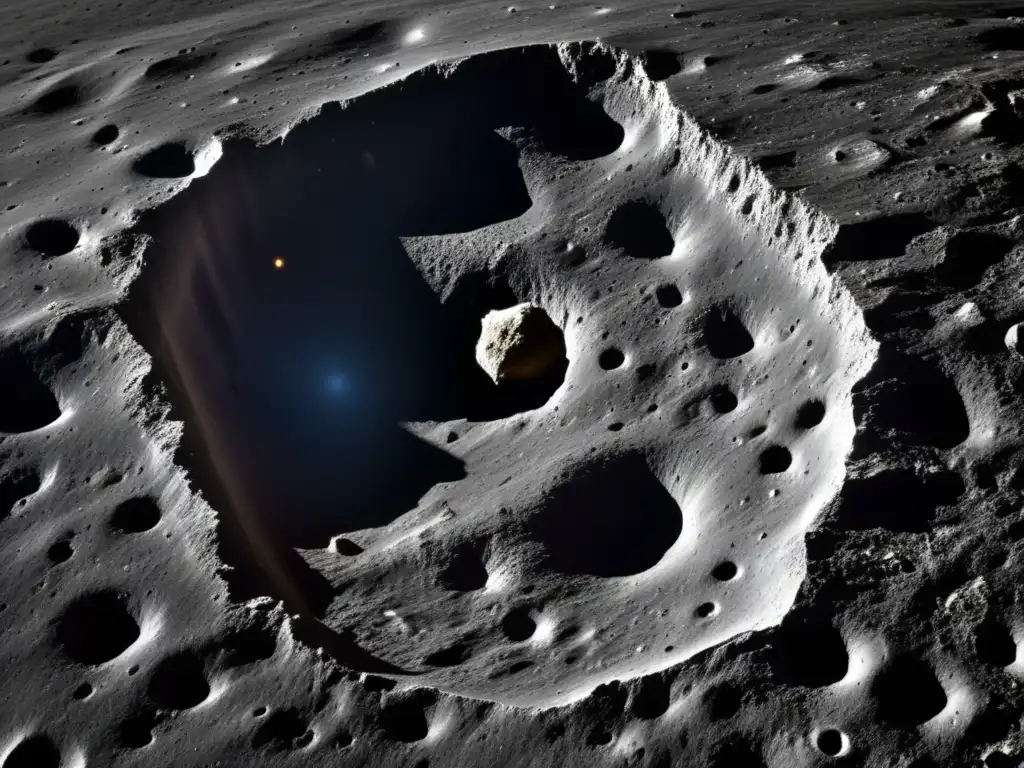The Dawn Mission: Exploring Vesta And Ceres

Introduction
The Dawn mission is one of NASA's most ambitious missions to date. It was launched on September 27, 2007, with the objective of studying two of the largest asteroids in our solar system: Vesta and Ceres. The mission was designed to capture high-resolution images, measure gravitational fields, and study the composition and structure of these celestial objects. The spacecraft orbited Vesta for over a year and then traveled to Ceres, where it has been orbiting ever since. The data collected by Dawn has greatly increased our understanding of the formation and evolution of our solar system.
The Arrival at Vesta

Getting to Vesta
Dawn's journey to Vesta began with a launch from Cape Canaveral in 2007. After traveling for four years, the spacecraft arrived in orbit around Vesta in 2011. The journey was long and complex, involving multiple gravity assists from Mars and a trajectory that took the spacecraft through the asteroid belt. The spacecraft's ion engines were used extensively and proved to be a highly efficient form of propulsion.
Studying Vesta
Once Dawn arrived at Vesta, it began capturing high-resolution images of the asteroid's surface. The pictures revealed a heavily cratered, geologically diverse landscape. Scientists were particularly interested in a large impact basin located at the south pole of Vesta. The basin, known as the Rheasilvia impact basin, is the largest known feature on Vesta's surface and is believed to have formed from a massive impact early in the asteroid's history.
Dawn also measured the gravity field of Vesta, which helped scientists gain insight into the asteroid's internal structure. By studying the changes in the spacecraft's orbit caused by Vesta's gravity, scientists were able to create a detailed map of the asteroid's gravitational field. This information revealed that Vesta has a solid iron core and a layered structure similar to that of terrestrial planets like Earth.
Finally, Dawn studied the composition of Vesta's surface using its gamma-ray and neutron detector. This instrument detected the presence of elements such as iron, magnesium, and silicon, which helped scientists understand the asteroid's origin and evolution.
The Journey to Ceres

Leaving Vesta
After spending over a year in orbit around Vesta, Dawn used its ion engines to propel itself on a trajectory toward Ceres. The journey took over two years and involved multiple course corrections to ensure that the spacecraft arrived at Ceres with the correct velocity and trajectory.
Arrival at Ceres
Dawn arrived in orbit around Ceres in March of 2015. Like with Vesta, the spacecraft began capturing high-resolution images of Ceres' surface. One of the most striking features of Ceres is a large bright spot located in the center of one of its craters. At first, scientists thought the spot might be composed of ice, but subsequent studies revealed that it was actually composed of a type of magnesium sulfate called hexahydrite.
Dawn also measured the gravity field of Ceres, revealing that the dwarf planet has a differentiated interior with a rocky core. The spacecraft's gamma-ray and neutron detector revealed that Ceres contains substantial amounts of water ice, making it a potential candidate for harboring life.
Frequently Asked Questions

-
What was the purpose of the Dawn mission?
The Dawn mission was designed to study two of the largest asteroids in our solar system: Vesta and Ceres. The mission aimed to capture high-resolution images, measure gravitational fields, and study the composition and structure of these celestial objects.
-
What did the Dawn mission discover at Vesta?
The Dawn mission discovered a heavily cratered, geologically diverse landscape on Vesta. The spacecraft also revealed the presence of a large impact basin at the south pole of Vesta, which is the largest known feature on the asteroid's surface. Scientists were able to study Vesta's internal structure by measuring its gravity field, revealing that the asteroid has a solid iron core and a layered structure similar to that of terrestrial planets like Earth.
-
What did the Dawn mission discover at Ceres?
The Dawn mission discovered that Ceres contains substantial amounts of water ice and that the dwarf planet has a differentiated interior with a rocky core. The spacecraft also captured images of a large bright spot located in the center of one of Ceres' craters, which was later identified as a type of magnesium sulfate called hexahydrite.
-
What was the significance of the Dawn mission?
The Dawn mission greatly increased our understanding of the formation and evolution of our solar system. The data collected by Dawn has helped scientists better understand the composition and structure of asteroids, providing insight into the early history of our solar system.
-
What propulsion method did the Dawn spacecraft use?
The Dawn spacecraft used ion engines as a highly efficient form of propulsion. This allowed the spacecraft to travel long distances and make course corrections with great precision.
Conclusion
The Dawn mission was a remarkable achievement that greatly exceeded expectations. The spacecraft's successful exploration of Vesta and Ceres has provided valuable insight into the early history of our solar system and has helped scientists better understand the structure and composition of asteroids. The data collected by Dawn will continue to be analyzed for many years to come, providing opportunities for new discoveries and insights into the fascinating world of asteroids.
Thank you for reading this article on www.asteroidrealm.com. We encourage you to share your thoughts in the comments section and to positively interact with our website, whether by subscribing, sharing the article on social networks, or other forms of participation.
Additional Resources

- NASA's Dawn Mission Website
- NASA Solar System Exploration: Dawn Mission Overview
- The Planetary Society: Dawn Mission
 Gareth Williams And The Cataloging Of Minor Planets
Gareth Williams And The Cataloging Of Minor Planets Apophis: A Close Encounter With Earth’s Potential Threat
Apophis: A Close Encounter With Earth’s Potential Threat Philosophia: The 300th Asteroid And Its Discovery
Philosophia: The 300th Asteroid And Its DiscoveryIf you want to discover more articles similar to The Dawn Mission: Exploring Vesta And Ceres, you can visit the Asteroid Discoveries category.
Leave a Reply

Articulos relacionados: